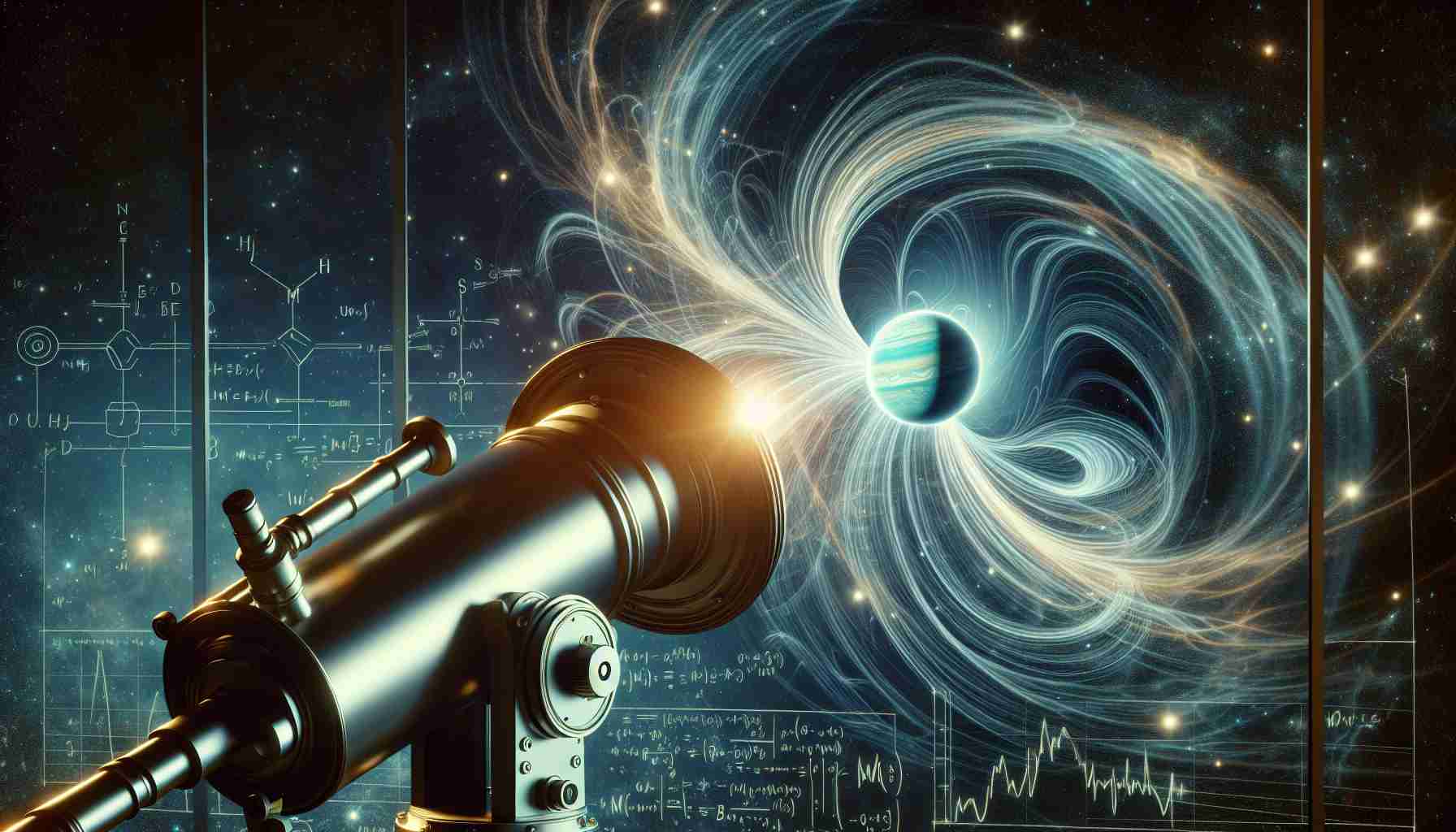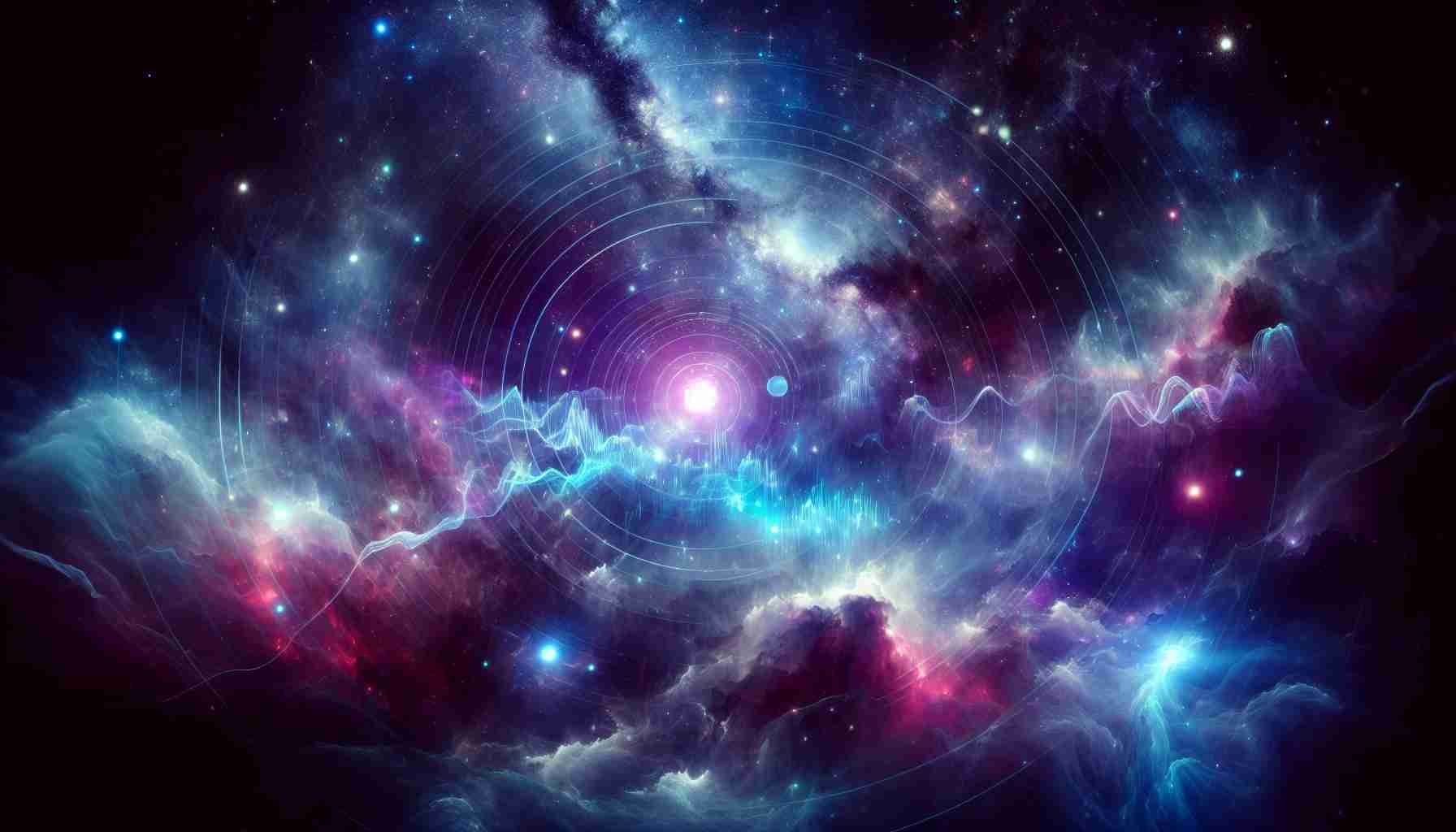Discovering Uranus: Unveiling the Mysteries of a Chaotic Magnetosphere
A Rare Encounter
In the year of 1986, a groundbreaking chapter in space exploration unfolded as a solitary traveler, Voyager 2, ventured into the enigmatic realm of Uranus. The intricate dance between the spacecraft and the planet’s magnetic field revealed astonishing secrets that perplexed scientists for decades.
Unveiling Distorted Realities
Recent revelations, as detailed in a new scientific study, shed light on a peculiar phenomenon that may have overshadowed Voyager 2’s initial findings. Rather than a true representation of Uranus’s magnetosphere, it appears that intense concentrations of solar wind may have distorted the observations, painting a distorted picture of the planet’s true nature.
The Dance of Forces
Researchers now speculate that Uranus’s magnetosphere might typically demonstrate a more serene demeanor, unlike the chaotic and compressed state witnessed during Voyager 2’s fleeting visit. The influence of solar wind, akin to a forceful squeeze, created an anomaly that occurs only sparingly, clouding our understanding of this distant world’s magnetic environment.
A Glimpse into Transient Realities
Had Voyager 2 arrived at a slightly different moment in time, the narrative of Uranus’s magnetosphere could have been vastly different. This revelation serves as a poignant reminder of the ever-changing dynamics at play in the celestial ballet, where the influence of solar forces can dramatically alter the stage upon which planetary interactions unfold.
Unraveling the Enigma
As we unravel the enigma of Uranus’s magnetosphere, one thing remains clear: the celestial bodies in our solar system are not static entities but rather dynamic forces influenced by the whims of the cosmic wind. Through further exploration and inquiry, we inch closer to demystifying the secrets that lie hidden within the depths of our cosmic neighbors.
Exploring Uranus: Beyond the Veil of Mystery
In the quest to decipher the enigmatic magnetosphere of Uranus, scientists have encountered a myriad of intriguing questions that continue to challenge our understanding of this distant planet. One of the key questions that arises is the true nature of Uranus’s magnetosphere under normal conditions. Was Voyager 2’s encounter during a period of heightened solar wind activity an anomaly, or does Uranus indeed possess a magnetosphere characterized by chaos and compression?
Challenges persist in discerning the extent to which solar wind influences Uranus’s magnetosphere on a regular basis. The interplay between the planet’s magnetic field and the relentless bombardment of solar particles remains a subject of intense study and debate. Understanding these dynamics is crucial in unraveling the mysteries that shroud Uranus’s magnetic environment.
One of the primary advantages of studying Uranus’s magnetosphere lies in gaining insights into the broader mechanisms that govern planetary magnetic fields across the solar system. By examining the unique characteristics of Uranus’s magnetosphere, scientists can enhance their understanding of magnetospheric dynamics on a planetary scale, shedding light on the fundamental processes that shape the interactions between celestial bodies and the solar wind.
However, a significant disadvantage in studying Uranus’s magnetosphere stems from the limited data available from Voyager 2’s brief encounter. The lack of sustained observations makes it challenging to establish definitive patterns or to capture the full spectrum of behaviors exhibited by Uranus’s magnetic field over time. As a result, gaps in knowledge persist, hindering efforts to construct a comprehensive model of Uranus’s magnetospheric behavior.
Delving Deeper into the Mysteries
To delve deeper into the complexities of Uranus’s magnetosphere, ongoing missions and future exploratory endeavors hold the promise of unveiling new insights and answering lingering questions. Robotic missions equipped with advanced instrumentation capable of sustained observations could provide a more nuanced understanding of Uranus’s magnetic environment, offering a more complete picture of its dynamics and behaviors.
As we navigate the intricate web of questions surrounding Uranus’s magnetosphere, it becomes clear that the journey of discovery is far from over. By harnessing the power of scientific inquiry and technological innovation, we can continue to peel back the layers of mystery that shroud this captivating planet, gaining a deeper appreciation for the dynamic forces that shape our cosmic neighborhood.
For further information on planetary magnetospheres and space exploration, visit NASA’s official website.













